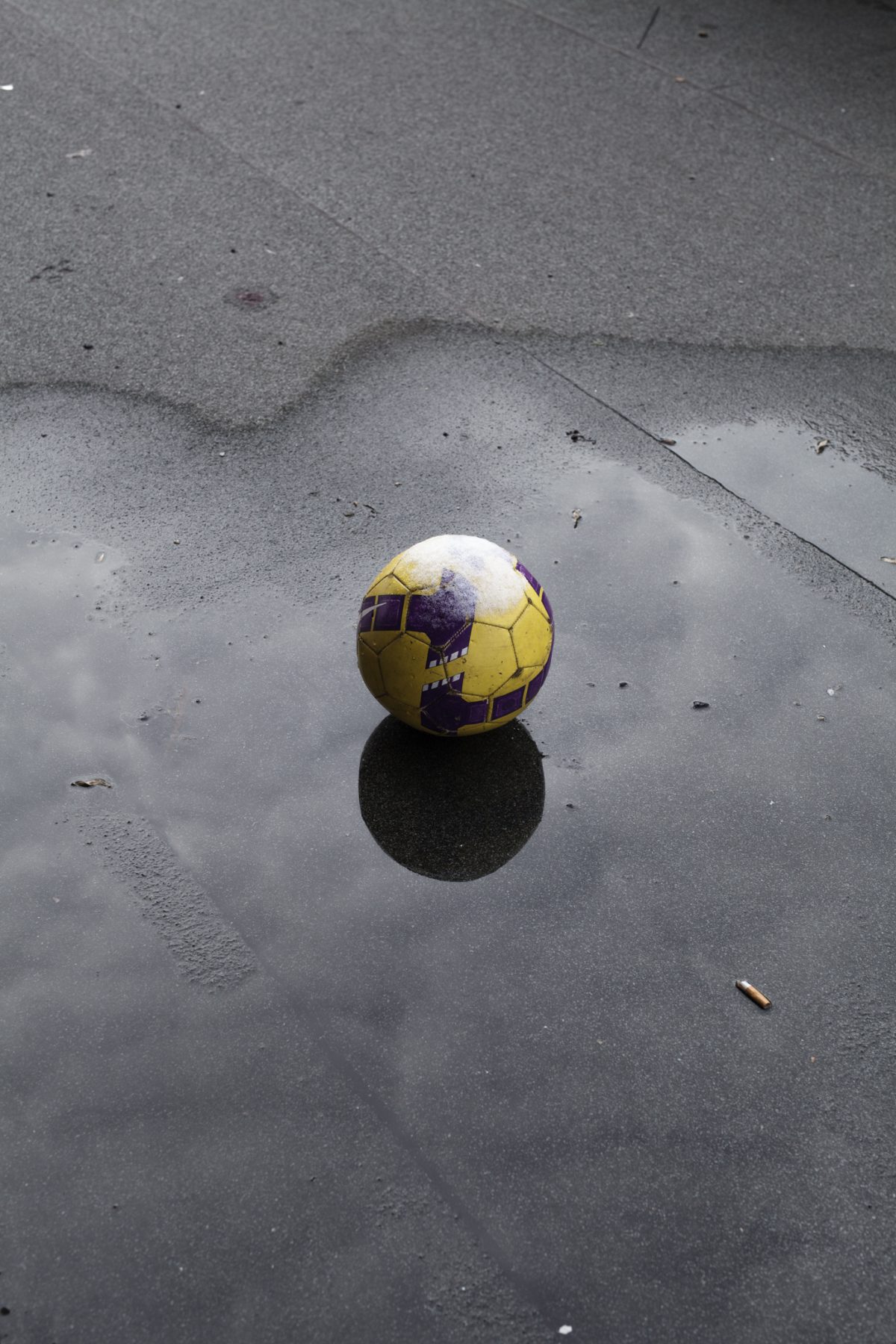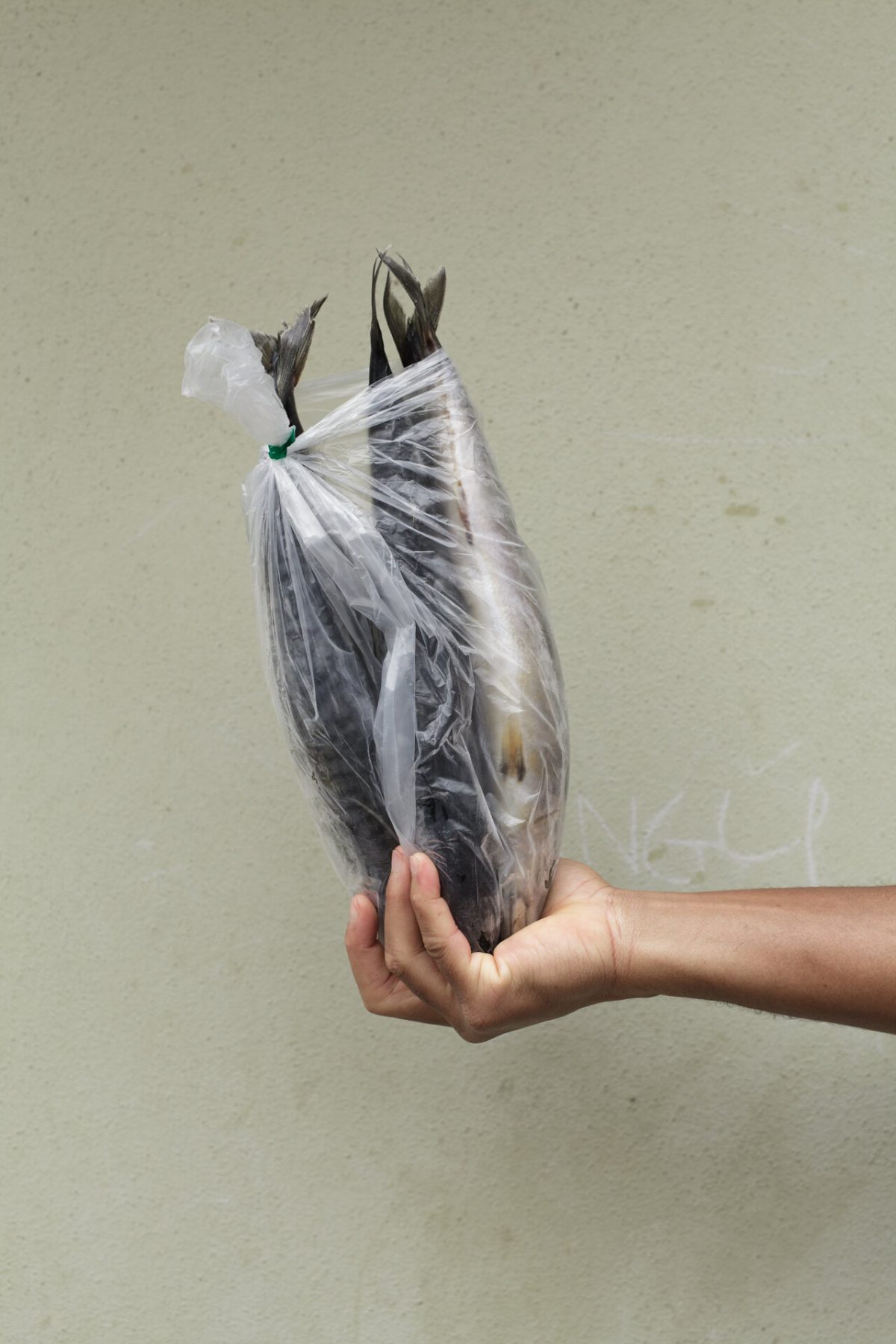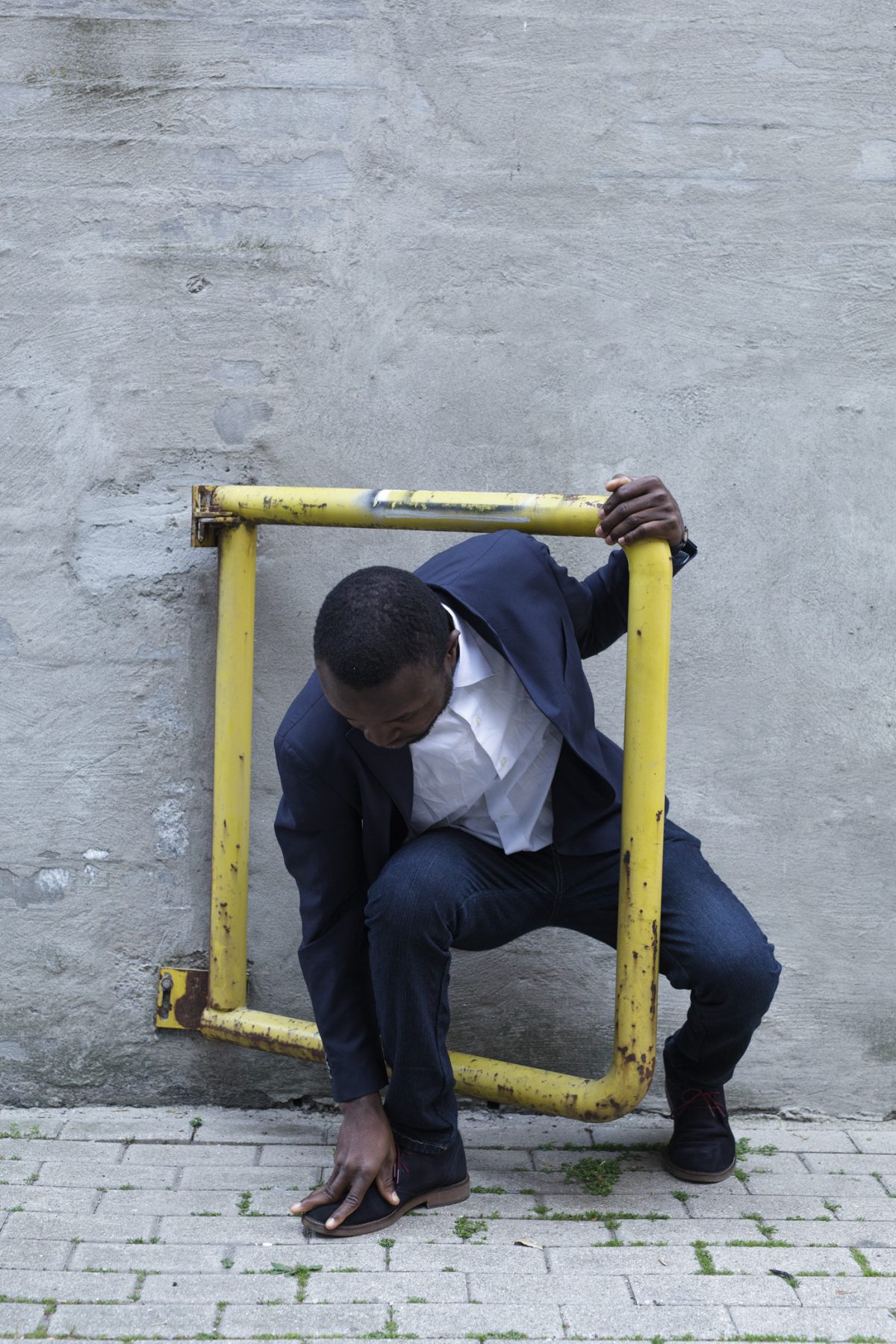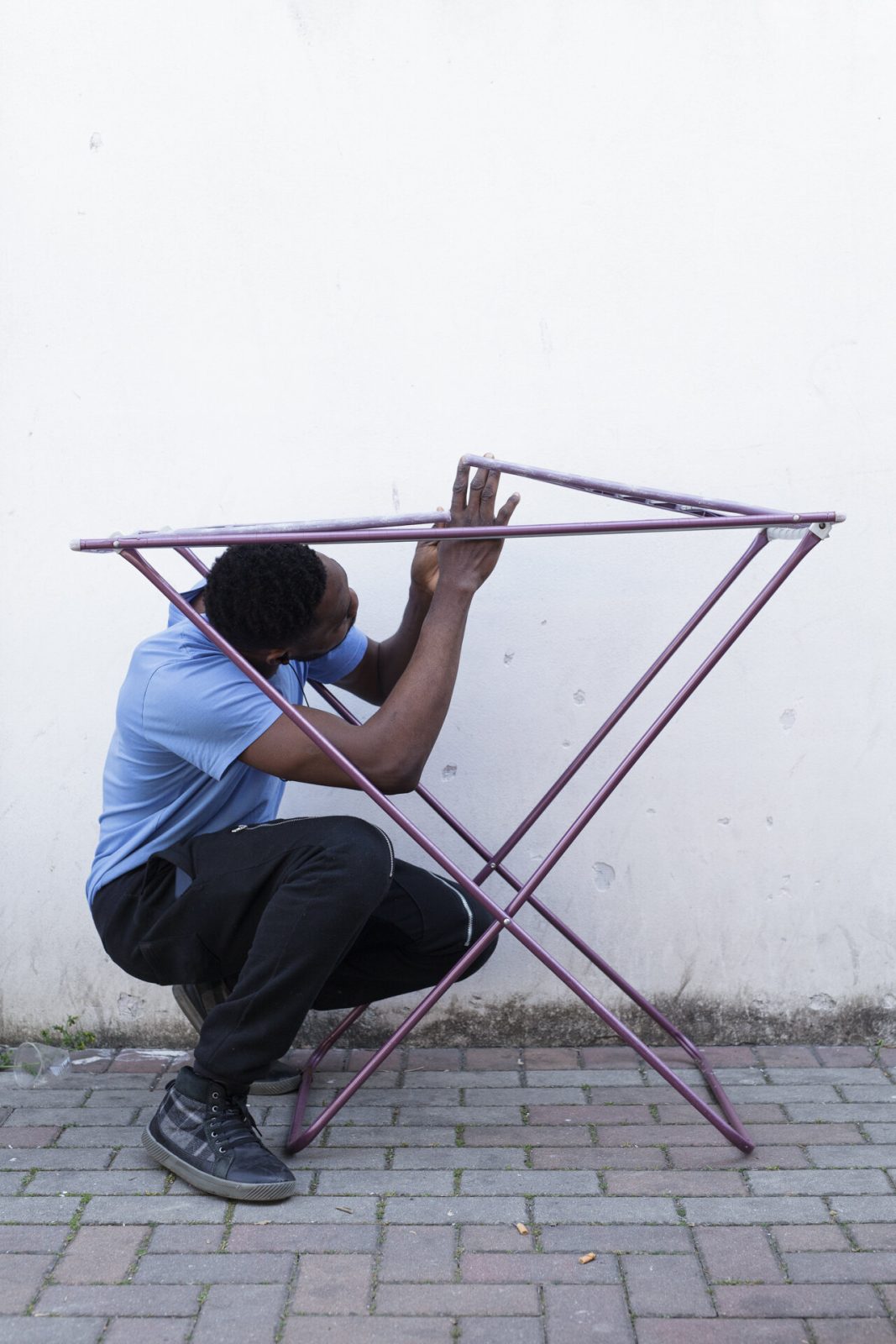From issue: #16 Street
Marcello Coslovi
The Wrong Side Of The Tracks
2020 - ongoing
written by Ricardo Reverón Blanco
Photographs hold the power to chronicle and contextualise reality by providing glimpses into lives we might be completely unaware of. This is when photography as document becomes a double-edged sword; serving as a didactic tool that can platform subjects and/or subject matter needing our utmost attention, but unfortunately has also the potential to misrepresent, stigmatise and tokenise. Similarly, the street has historically been a site for studies of social life and ethnographic infrastructure – a space evidencing the intersections between class, power, culture, and race.

In Marcello Coslovi’s ongoing photographic project, The Wrong Side Of The Tracks, the artist delves into a specific region of his hometown in Modena where migrants have been segregated into a suburban neighbourhood. The series is a study on collaborative staged documentary practice, as the artist builds a close relationship with those photographed, creating a link (sometimes without the need of the camera) to really understand the experience of those who migrate from their homeland. Therefore, photography becomes the language used to speak about the experience of migration.
Located across Modena’s railway – the town’s area of highest deprivation -this community is segregated. As the Ghanaian community is the second largest community living in Italy, the artist began talking, learning, and understanding the structures that led specifically the Ghanaian community to relocate. The series is an exercise in suspending judgement, using photography’s questionable history and relationship with documentary practice to really platform discussions and understandings of dislocation that we would otherwise misunderstand and misinterpret.

Fish wrapped in plastic, drying racks set on a pavement, a desolate football ball abandoned on a patch of wet asphalt. The Wrong Side Of The Tracks documents suburban life spoken in metaphors. The series is an evocative project, built through performance and close collaboration with the artist’s subjects. This is done through a process of non-control and abstraction, whereby participants choose an object or action, to the artists hybrid process of staged documentation.
Such performance provides the participatory agency for the ‘sitters’ who in fact can acknowledge the camera’s existence and device their reality in their own terms. The artistic methodology becomes one of abstraction moulded around the idiosyncrasies of the various lived experiences of the people being photographed. At first glance, one might be reticent by the power imbalance between artist and the individuals being photographed – yet Coslovi considers these ethical repercussions of the medium and offers the opportunity to use abstraction and pluralises meaning within the series, steering away from one singular reading of the work. Additionally, the project provides details of the exterior high street inhabited by the community. Though these details do not offer contextual information of the landscape but rather provides a metaphorical gaze by creating poetic interpretations of its vicinity.

Historically, the ethnographer has used its subjects as the raw source material to anchor their given narrative imposed on a specific location and/or community. However, here the formulas of marginality are open-ended whereby the audience is left to judge this reality through the conceptual compositions that make viewers ponder about the ways street etiquette and encounter affect different communities. Ultimately, the camera becomes a mechanism to define the lines that divide people.
Find out more about Marcello Coslovi here.

